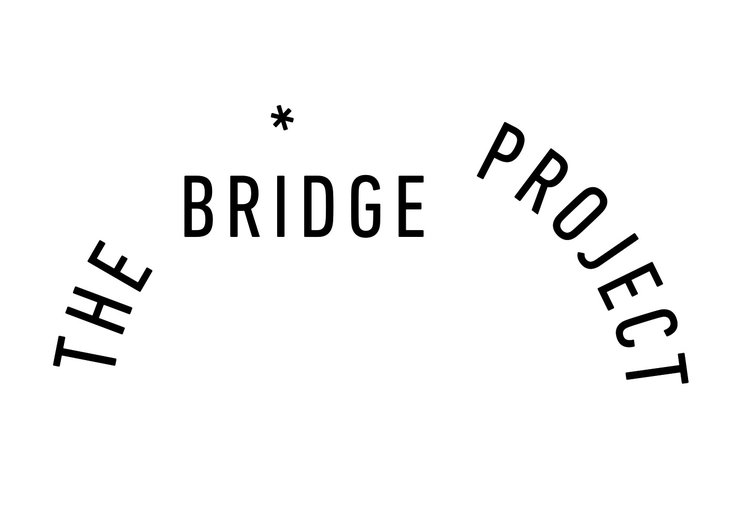Thomas Perroteau (left) and Theodore Erreira Guyer (right)
Theodore Ereira Guyer
Julien Nagerau
Julien Nagerau (left) and Thomas Perroteau (back)
Os Hallucinés
With Theodore Ereira-Guyer, Thomas Perroteau and Julien Nagerau
Show on view at ISLA, São Paulo, from September 11th until September 19th 2017
The show displays abstract landscapes and compositions, created according to experimental or random processes. They explore, in the case of both Nagerau and Perroteau, the movement and the work speed as functions, leaving space to chance in the elaboration of the work. In a different but close sphere, Ereira-Guyer depicts individual and collective, personal and historical narratives through maps and still lifes painted or drawn on paper or canvas. In Parallel, rudimentary handmade plaster sculptures act as a memory theater, creating a dialogue between the works. Most of the artworks are executed in one singular shade of blue, referring to the Atlantic Ocean´s historical crossings but also to the monochromatic quality of his grandmother’s dreams. Using prints, rubbings or mono-types, Ereira- Guyer reveals through the inversion of the drawing and painting process, the intrinsic intelligence of the art work.
This indirectness is another common feature of the artists’ experiments: transfer, engraving, addition and removal of layers translate their interest for the process and the accumulation of different work lengths.
Os Hallucinés address the idea of spaces and boundaries, territories and crossings using the personal protocols and references of the artists. They apply the notion of fluidity to both the medium and concept, a l lowing for the possibility of transformation.
Thomas Perroteau (lives and works in Brussels) graduated from La Cambre, the National Superior School of Visual Arts in Brussels. He is currently an artist-in-residency at Pivô in São Paulo. His main medium is painting. Thomas produces abstract works in which he mixes different kinds of writings and production times, emphasizing the experimentation and the process. He creates random landscapes by removing layers of painting with tools he does not control, disrupting in a matter of seconds the geographies he patiently creates. During his residency, he has created compositions referring to primitive art and the notion of otherness, in which he congregated foreign elements like the remains of his Brussel’s studio floor or pieces of fabric found in SP city center.
Theodore Ereira-Guyer (lives and works between London and Lisboa – PT) studied at Central Saint Martins and the Royal College of Art in London. He is now undertaking a PhD in Contemporary Art at the College of the Arts at the University of Coimbra. In parallel he is completing a residency at Pivô. His practice switches between print, sculpture and photography. Theodore establishes in his corpus of works, a dialogue between the historical and the specific, the collective and the individual. Using blind and indirect drawing, painting or engraving, Theodore reproduced in the frame of his residency, map grids of the Atlantic Ocean or distant landscapes to confront them with local references or personal memories. By approximating these elements, he questions the notion of boundaries through a poetic lecture of the objective and the subjective. Ereira-Guyer has exhibited internationally and his work is held in private and public collections including the Victoria and Albert Museum and the British Museum among others. He was the recipient of the Helen Chadwick Award for multidisciplinary artists.
Julien Nagerau (lives and works between Brussels and São Paulo) graduated from Saint Lucas, Brussels. His main mediums are drawing and painting. In his production, Julien addresses the signification of what it is to be a painter in 2017, focusing on the medium and the accumulation of information and protocols rather than on the storytelling. His mental collages stem from images taken out of the context of his daily life, the art history and popular culture. They serve as pretexts to develop intuitive compositions in which he freely associates ideas and processes, contexts and forms. Julien’s work starts from a questioning of the making process, mixing techniques and integrating circumstances, contradictions and doubts as an integral part of his production.





